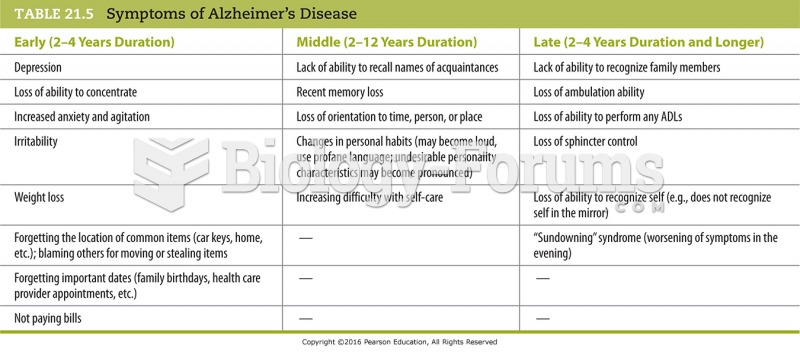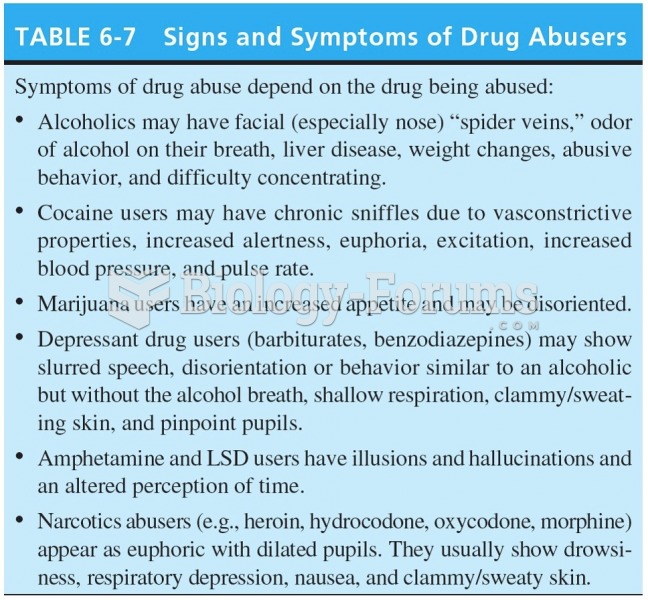Answer to Question 1 Wet tailThis condition is indicated by wetness around the tail and rear area. Replace the bedding and
clean the cage, food bowls, and water container. Separate infected animals.
Tyzzer's diseaseLoss of appetite, dehydration, watery diarrhea, and sudden death indicate this condition.
Consult with a veterinarian for proper treatment.
Common diarrheaWetness around the tail and rear are signs. Limit the feeding of green leafy materials,
vegetables, and fruits. Increase dry grains and seeds in the diet.
Fleas and liceThe cage must be cleaned regularly and flea powder sprinkled in bedding. Use flea powder
recommended for cats and other small animals.
MitesThese are spread by direct contact. Clean the cage and sprinkle bedding with flea powder.
Lymphocytic choriomeningitis (LCM)Spread by mice, LCM is characterized by loss of weight,
drowsiness, ruffled coat, and lethargic movement. Use good sanitation, and prevent rodents from getting
near the cages.
Answer to Question 2Hamsters are nocturnal animals and should not be disturbed while sleeping. If a sleeping hamster is poked
or touched, it may awaken quickly. Its reaction is to bite in self-defense. Occasionally, a hamster may need to
be awakened during the day to clean its cage. To awaken a sleeping hamster, one should approach it carefully,
tap lightly on the cage, and speak to it. A hamster learns to recognize its handler's voice, and speaking to
it will calm it. The handler should attempt to stroke or pet it and see how it reacts. It may allow itself to be
picked up; however, if it retreats to a corner or stands on its rear legs with its paws upraised, one must be very
careful, because this is the hamster's defensive posture. The handler should continue to talk to the animal and,
if it leaves the corner, try to pet or stroke it. When the hamster allows it, it can be picked up with the thumb
and forefinger placed right behind the front quarters. Hamsters are quite strong and very dexterous in their
attempts to escape. They can twist their bodies and use their rear feet to free themselves. The more a hamster
is handled, the tamer it will become.





![Chickenpox rash. (Centers for Disease Control and Prevention [CDC]/Ann Cain)](https://biology-forums.com/gallery/30/medium_548020_08_06_17_10_52_37_306981954.jpeg)

